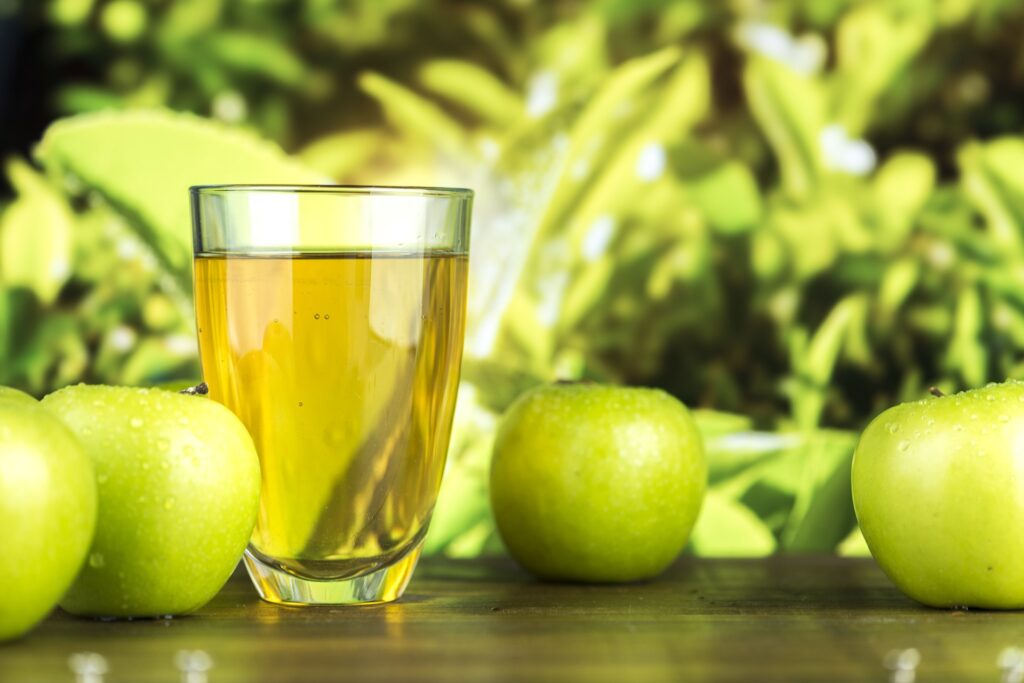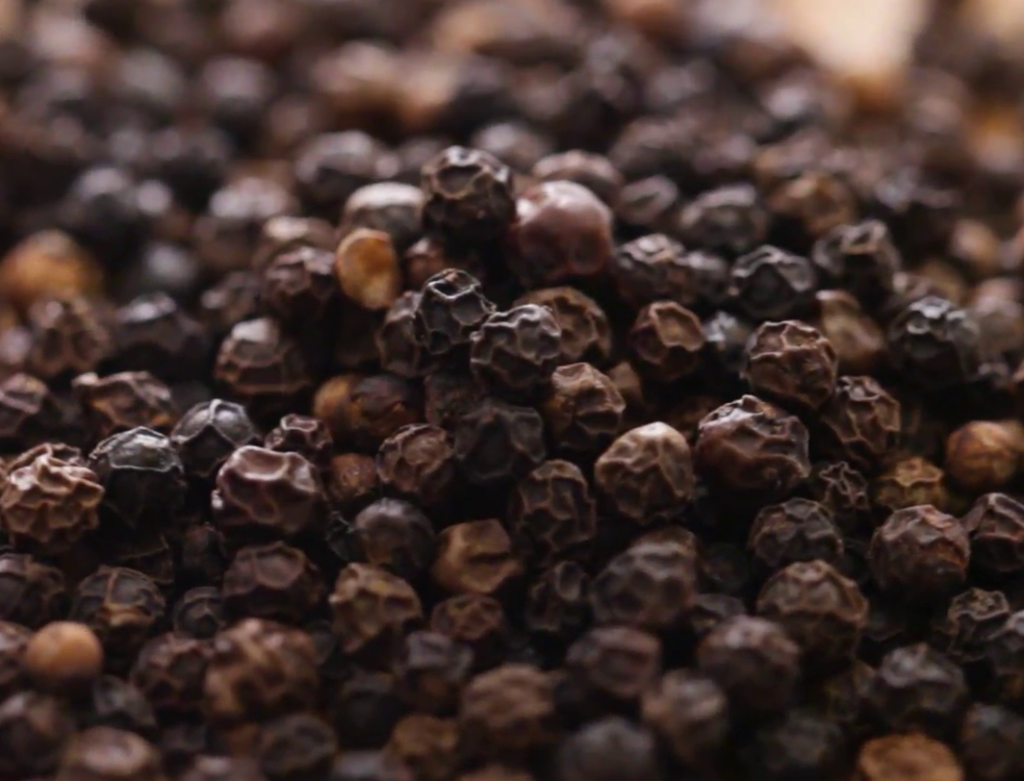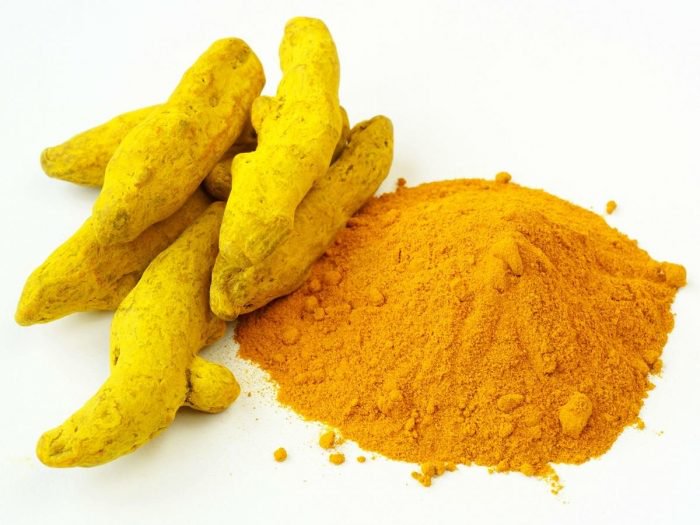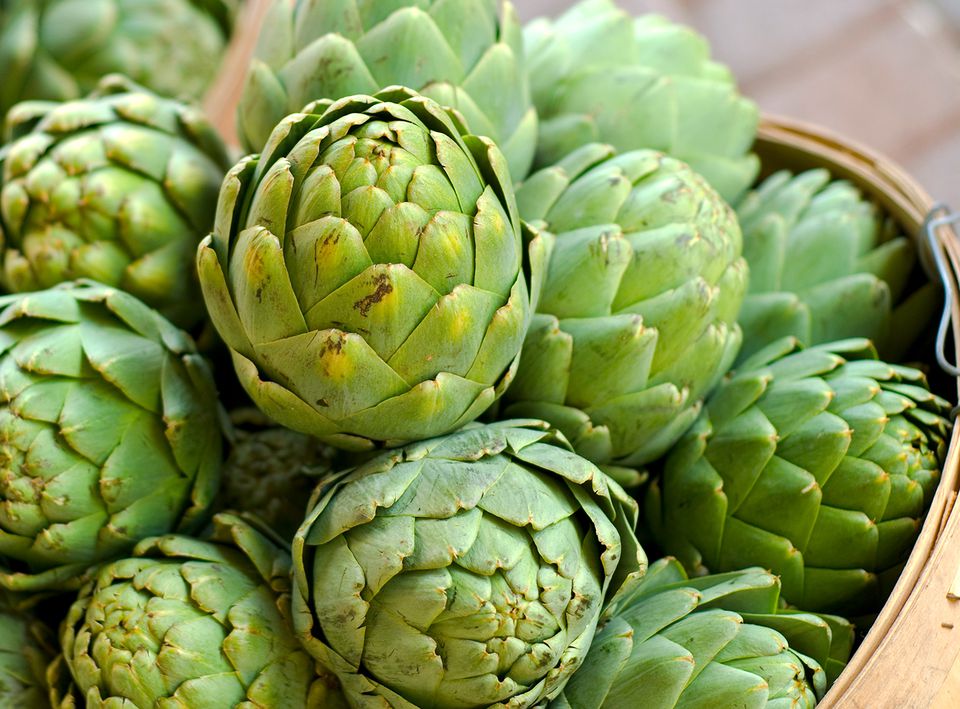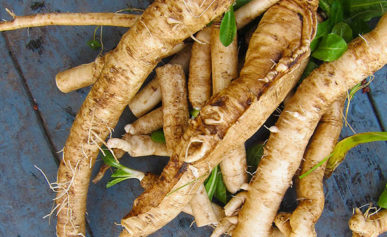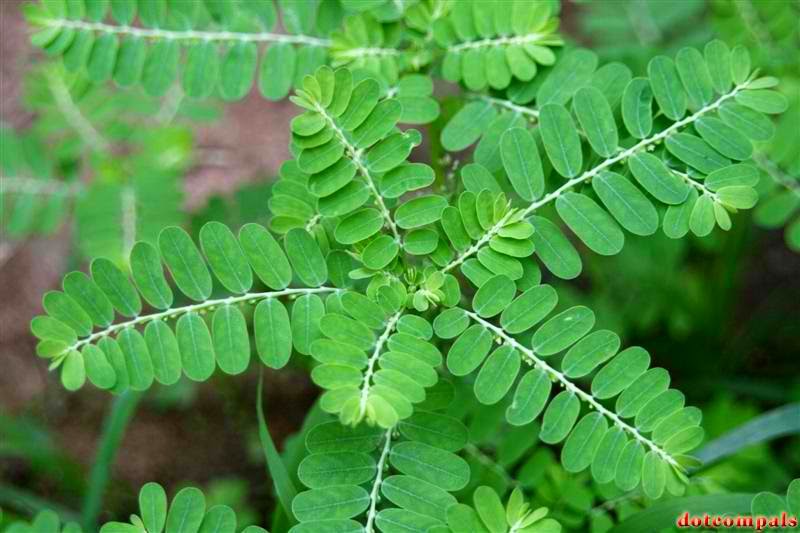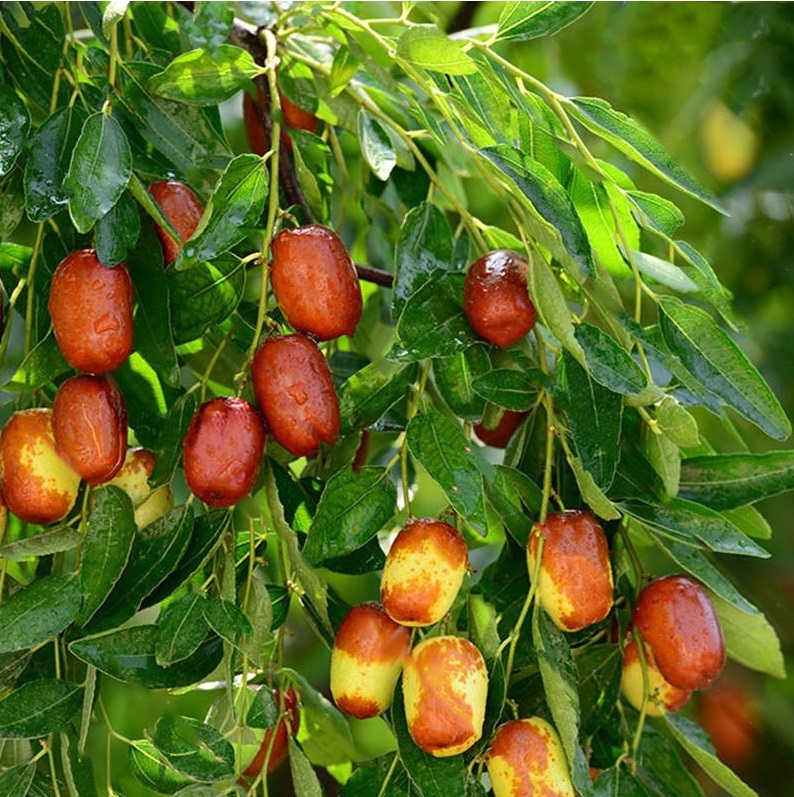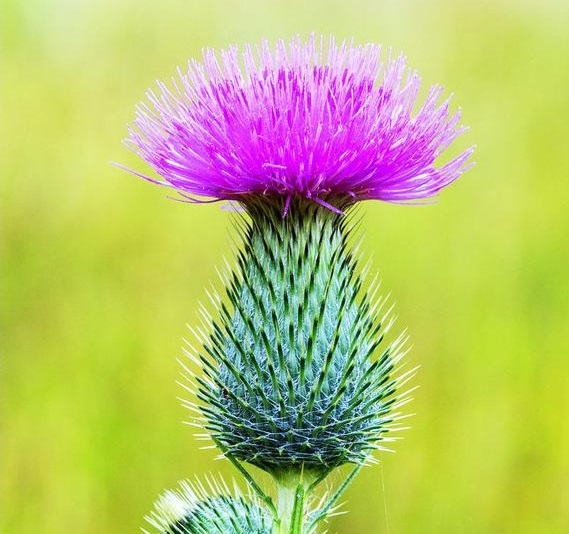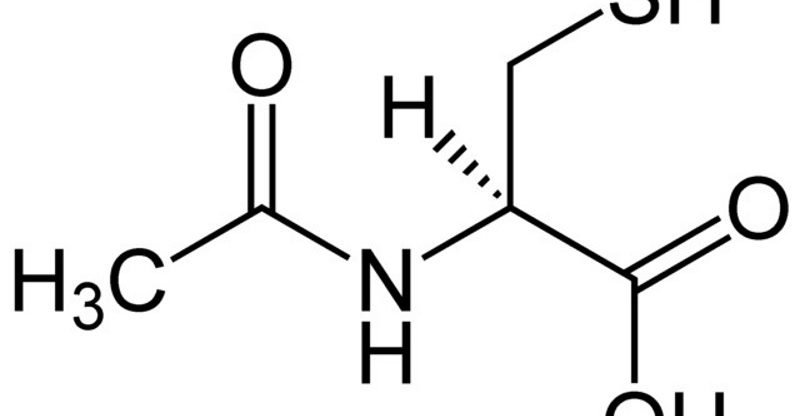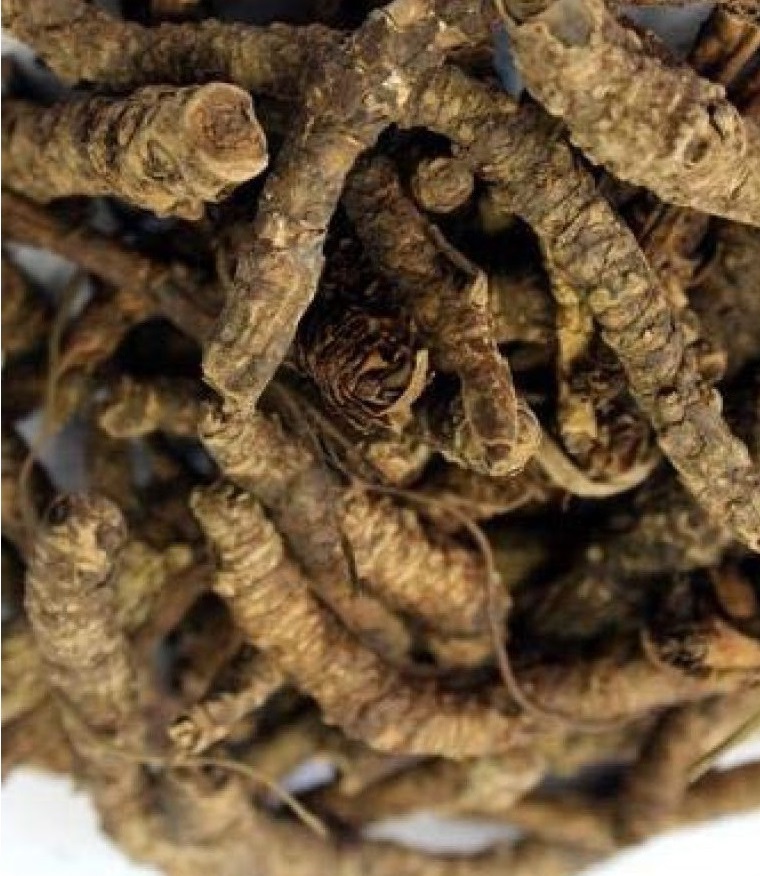Benefits of Drinking Lemon Water On Empty Stomach
Most people do not understand why we need water with lemon for weight loss. Most people work out trying to lose weight but they do not drink the desired amount therefore they do not lose much weight in the process. So, how much lemon should we take every day to see weight loss? Experts say …
Benefits of Drinking Lemon Water On Empty Stomach Read More »



